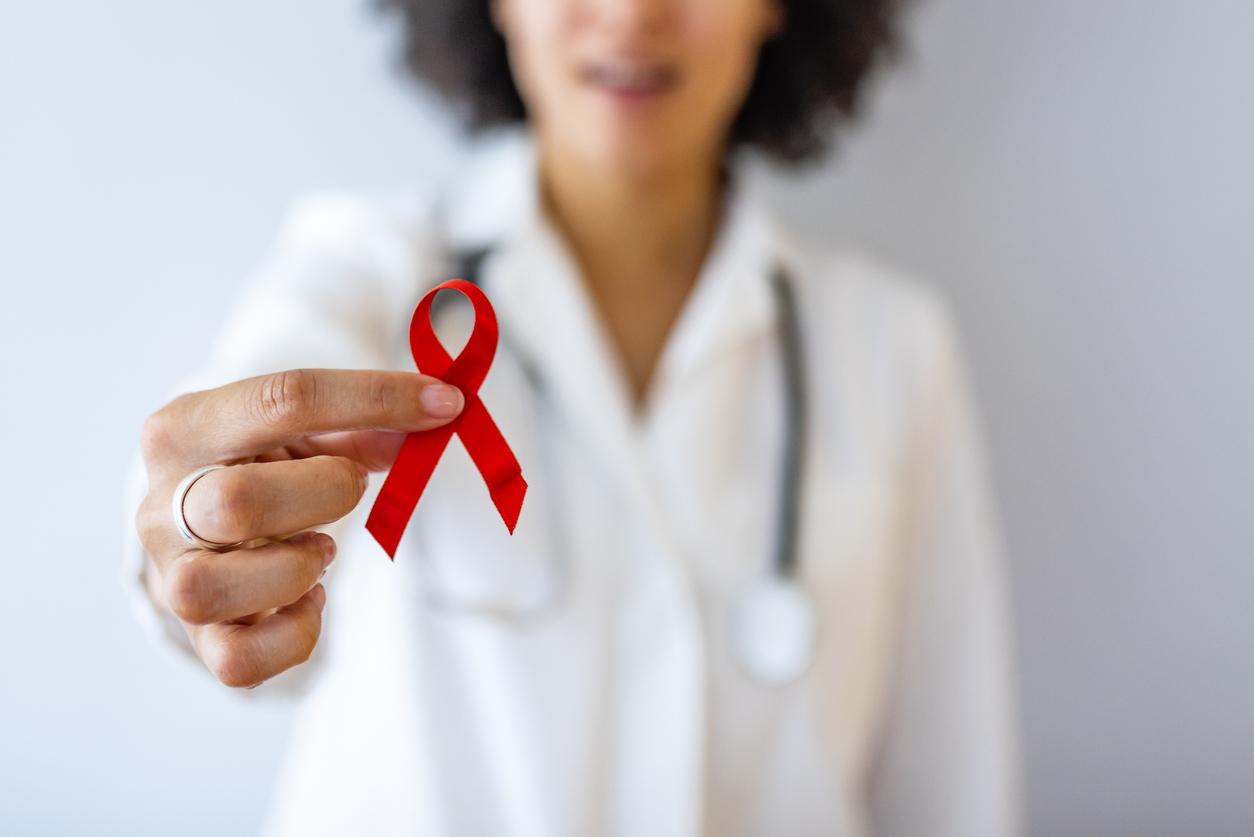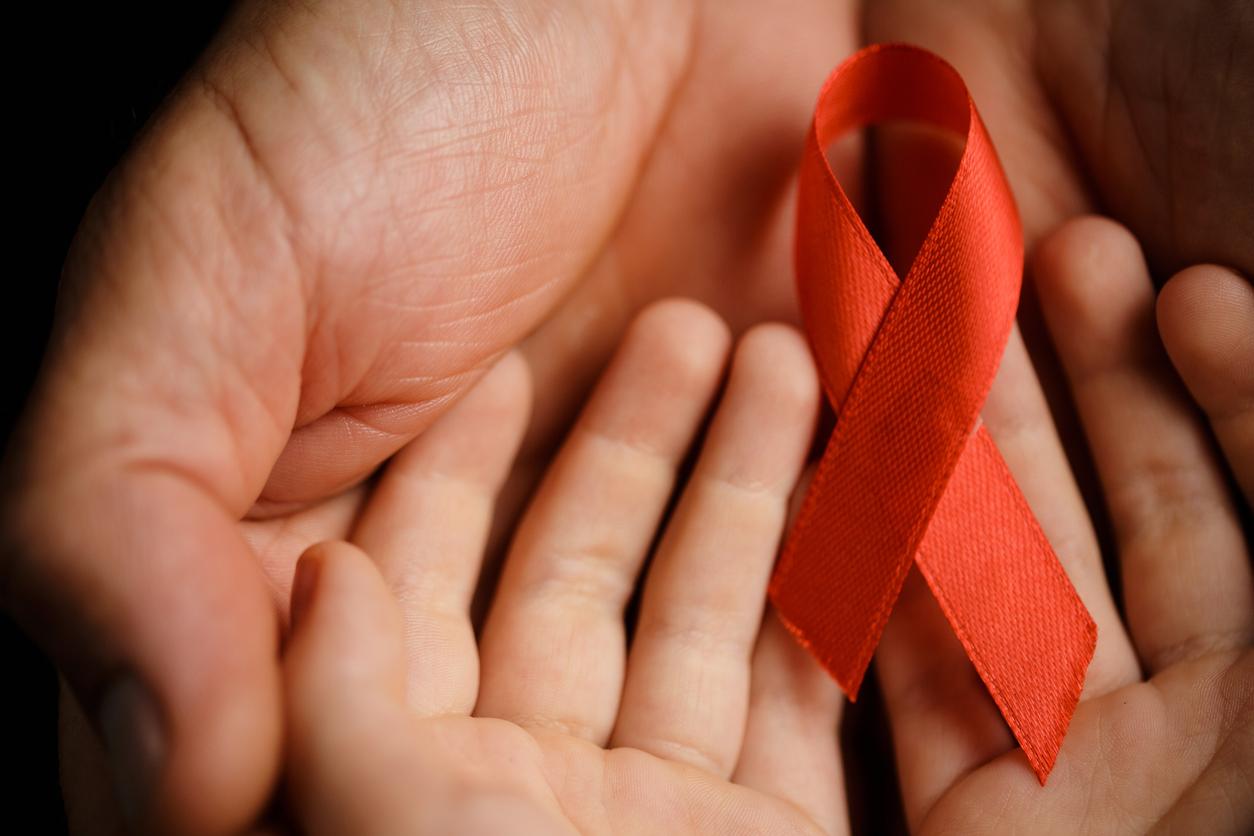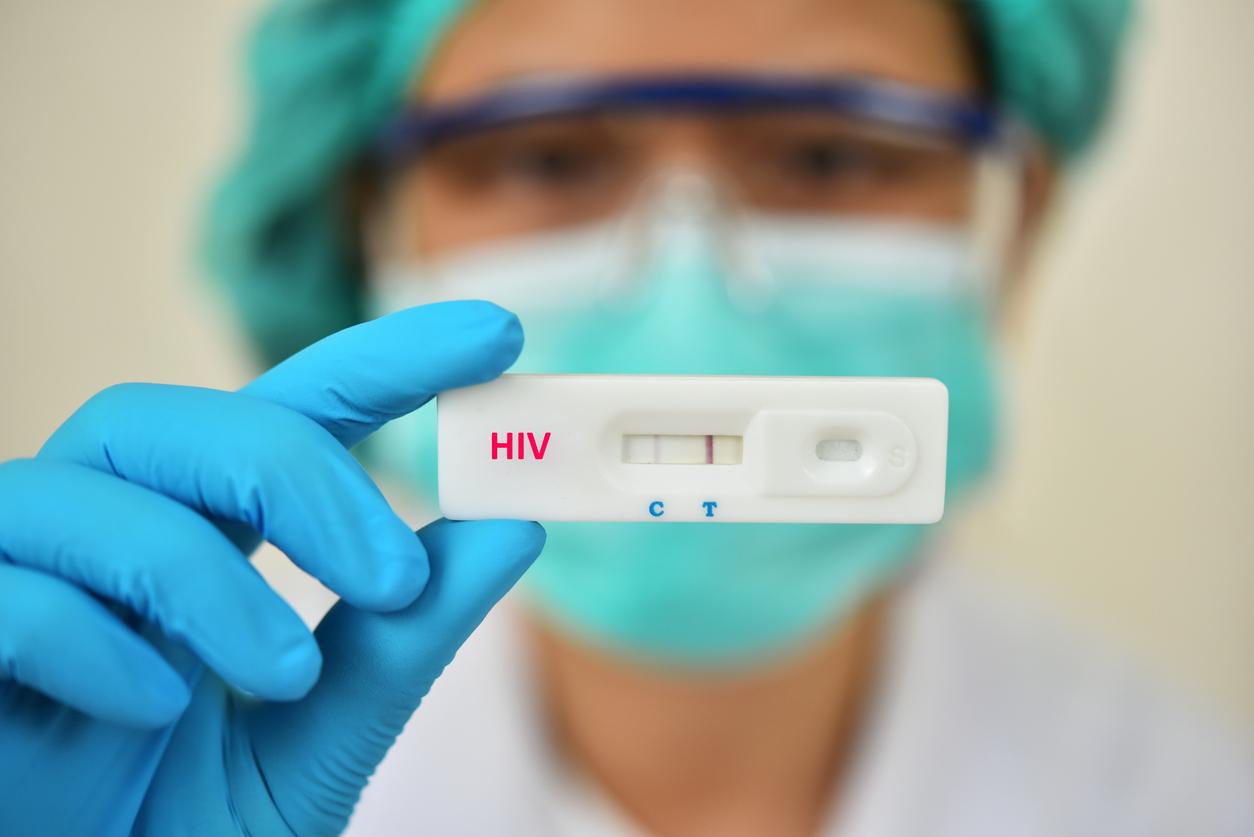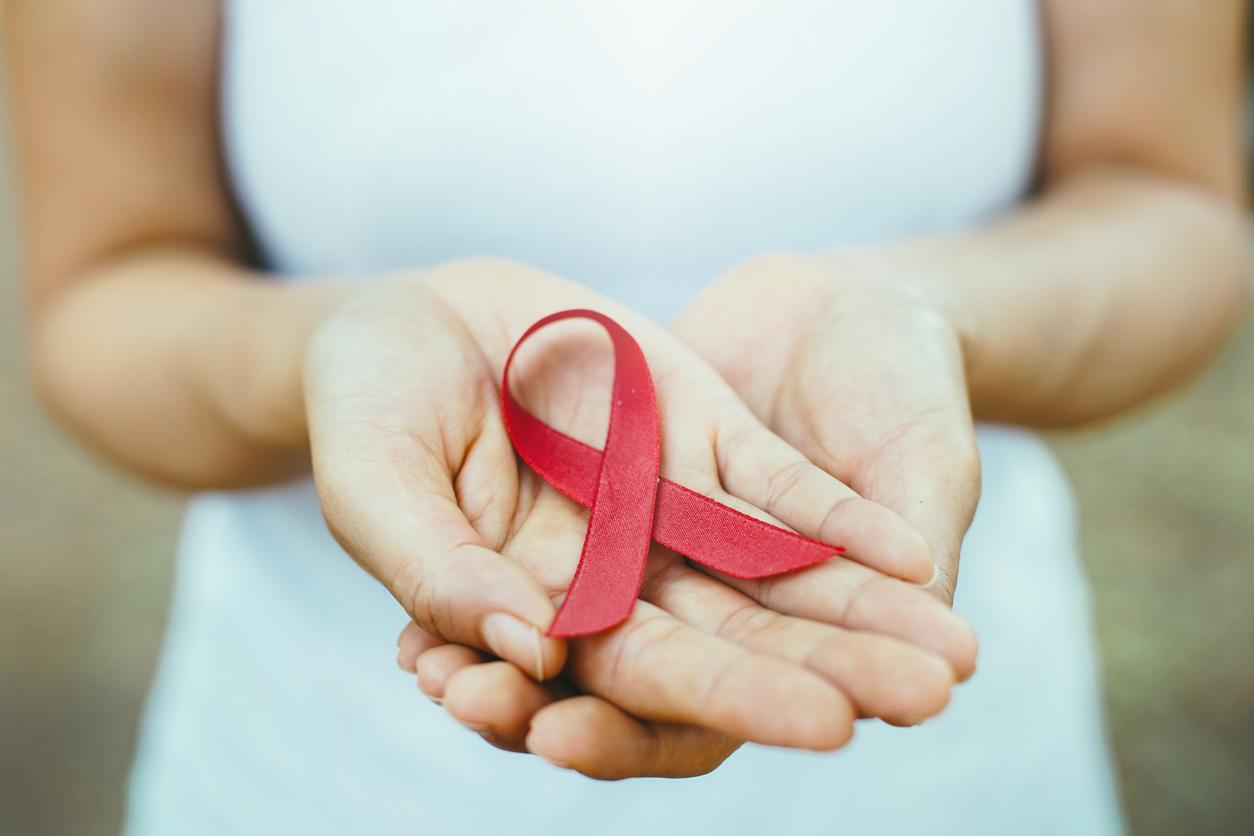New mechanisms involved in the infection of the sexual mucous membranes by the HIV have been updated, based on the results of a study published in the medical journal Mucosal Immunol. This discovery would make it possible to work on new therapeutic treatments that would target the molecules in question.
Researchers at the Institut Cochin in France have improved knowledge about infection with aids virus during intercourse.
“We have known for a long time that the sexual secretions of infected persons, sperm or cervico-genital secretions, contain virus in two forms: free virus but which is quite fragile and not very infectious and virus present in infected cells – of the monocyte type or T-CD4 + lymphocytes – capable of making new virus particles. Viruses then enter the body through Langerhans cells, patrolling immune cells […] looking for infectious agents to present to the immune system. They phagocytose HIV and then transmit it to T-CD4 + lymphocytes … where the virus begins its fatal work. These are the mechanisms of interaction between infected cells and those of the mucosa that we have sought to describe “, explains Morgane Bomsel, responsible for this work.
How is HIV sexually transmitted?
To understand how it unfolds sexually transmitted HIV, the scientists used T-CD4 + lymphocytes which express viral envelope proteins on their surface, such as infected lymphocytes found in the sexual secretions of patients.
Then, the scientists put them in contact with cells that line the lining of the mucous membranes, and observed these different actors under a microscope, in real time.
The study revealed that an interaction between an infected cell and a healthy cell is established in less than an hour by simple contact, regardless of any production of new viruses. Scientists then conducted a series of experiments to understand how this transmission took place.
“In the end, this work provides several important data,” says the researcher. “Contact between infected cells and mucosal cells is independent of virus production and prepares the environment for infection by attracting Langerhans cells. Once everything is in place, virus is made and you just have to take the path already marked out “.
“Beyond a better understanding of these mechanisms, this work opens the way to preventive approaches to infection. We have started trials in this direction and observed convincing results,” she concludes.
Read also:
ABX464 molecule has a role to play in healing HIV
HIV: the experimental vaccine keeps its promises
AIDS: the life expectancy of patients has increased by 10 years

















